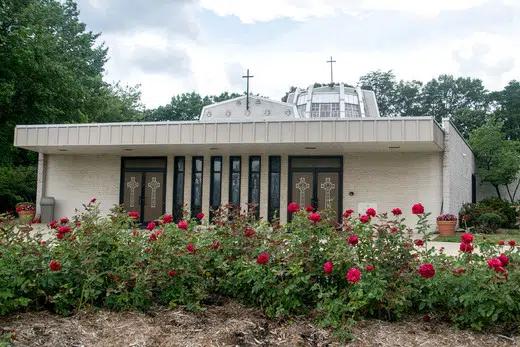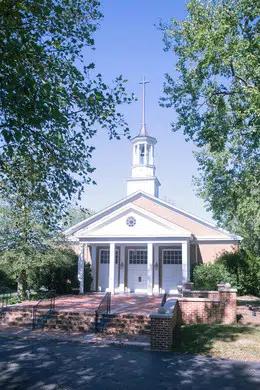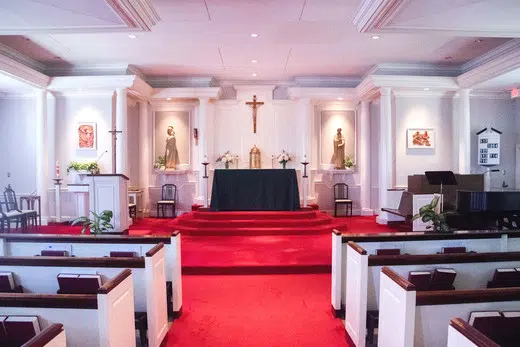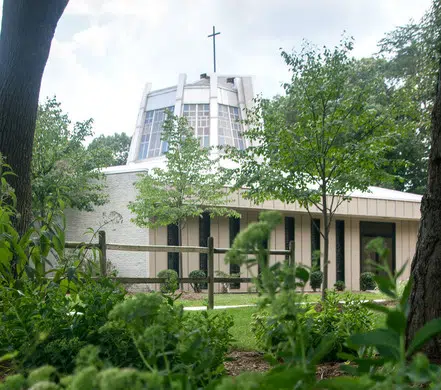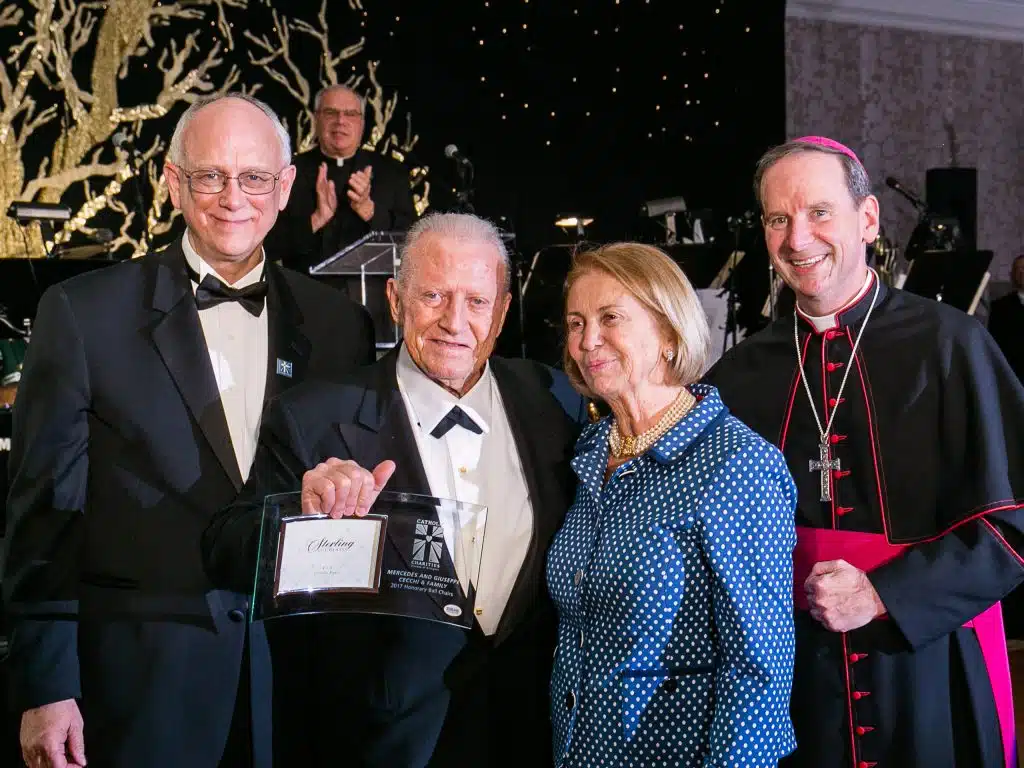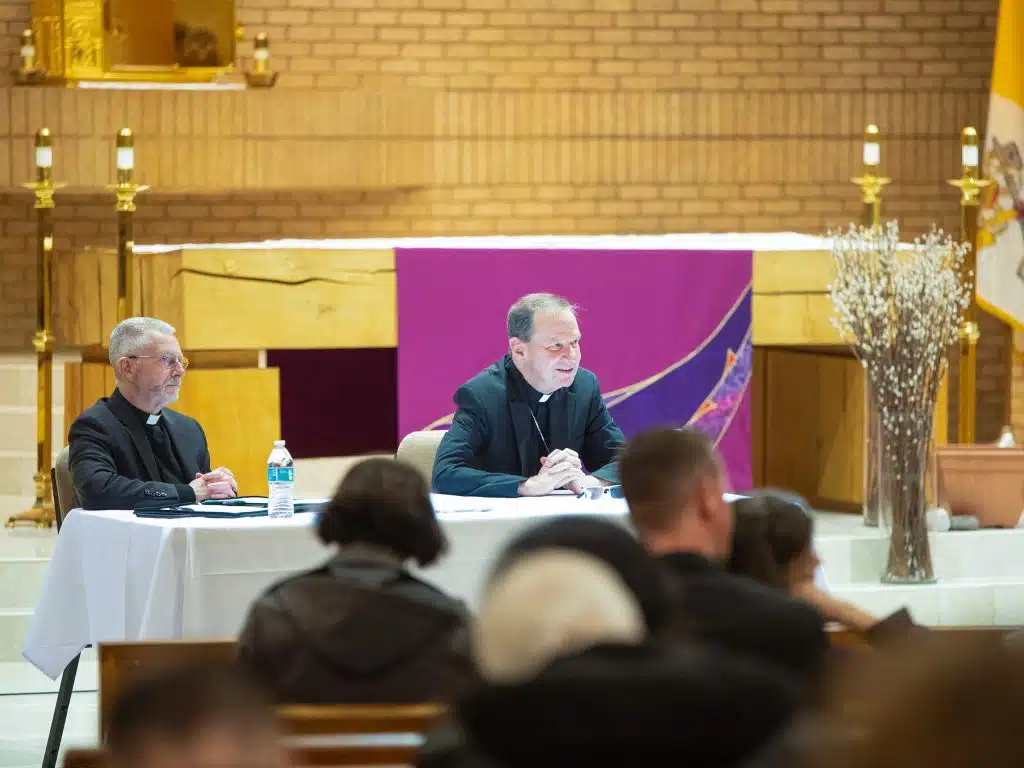Every part of a well-designed church is deliberately planned to bring glory to God – the shape, the artwork, the liturgical furnishings and everything in between. This series aims to explain the art and architecture of diocesan churches, so the faithful can better appreciate the beauty around them.
Gothic cathedrals are known for their towering heights, pointed arches and leafy stone ornamentation. Neoclassical churches borrow the columns and porches of ancient Greek and Roman designs. In the Arlington Diocese, each church also has a distinct style, or some combination of several styles.
St. Stephen the Martyr Church in Middelburg was constructed in 1963 and is an example of American colonial revival architecture. According to How to Read Churches by Denis R. McNamara, the style developed, “after World War I, (when) a sense of national maturity settled on American culture – which was discovering its 18th century roots.” Colonial identity was so strong that even Catholic churches were modeled after traditional Protestant meeting houses.
The Middleburg church is made of red brick with a white pediment (the triangular adornment) and colonnade at the front entrance. The cupola and bell tower atop the entrance is 65 feet high, according to the parish resource booklet, “St. Stephen the Martyr Church and its People.” The early American interior has white walls and pews with wooden trim.
St. Lawrence Church in Alexandria was built in 1970, shortly after St. Stephen, but instead adopted the prevailing modern style. The base of the church is relatively low-lying and made of spilt-face rock. An unconventional dome comprised of stained glass panels sits directly above the sanctuary. According to the church’s facilities coordinator, Mark Krause, the interior has been renovated twice.
As seen in St. Lawrence, modernism has its roots in the 20th century and looks radically different than traditional architecture. “Many Modernist architects develop(ed) an aesthetic founded on the forms and materials of a perceived industrial age,” said McNamara. “Exposed steel and concrete, sculptural building forms, and the absence of specific historical references characterize many of the buildings.” The style is also known for its simplicity and abstract forms.
What styles comprise the look of your church? Let us know at [email protected] or send a tweet to @acatholicherald with the hashtag
#catholicart
.
